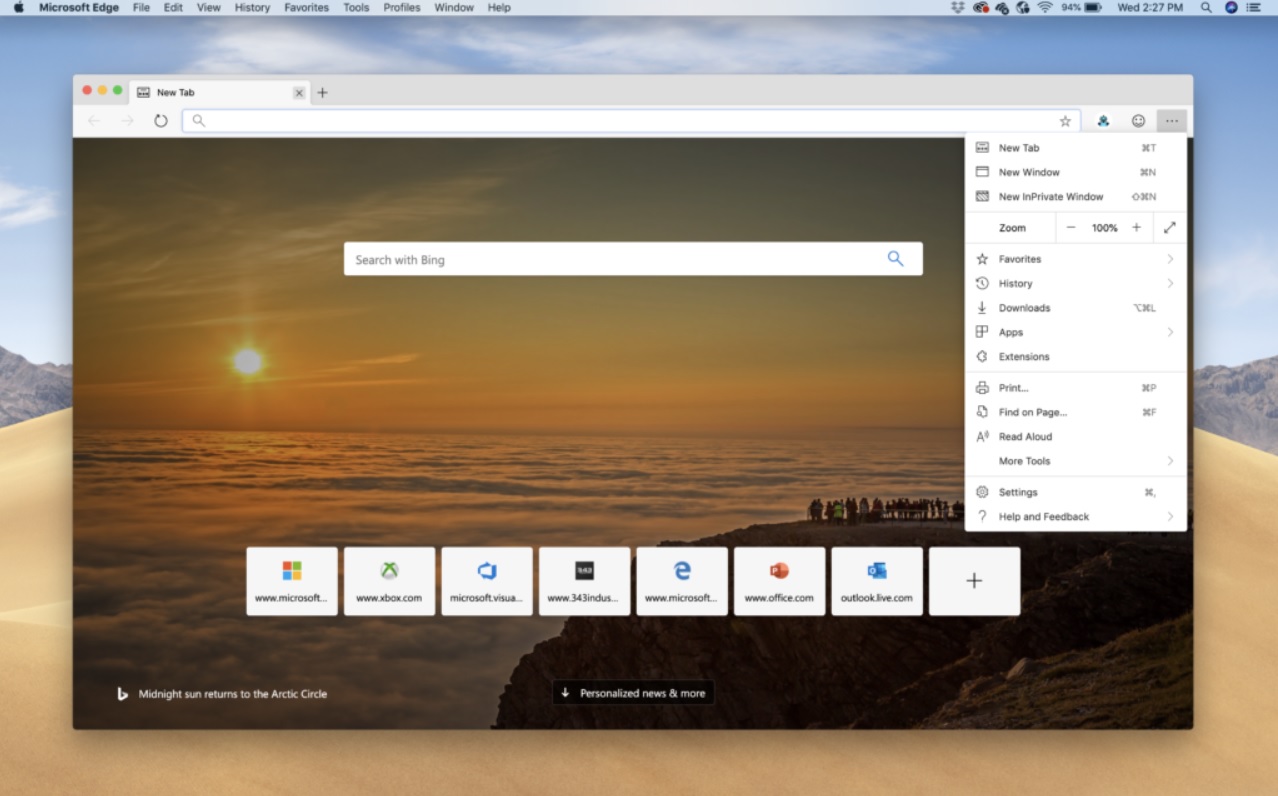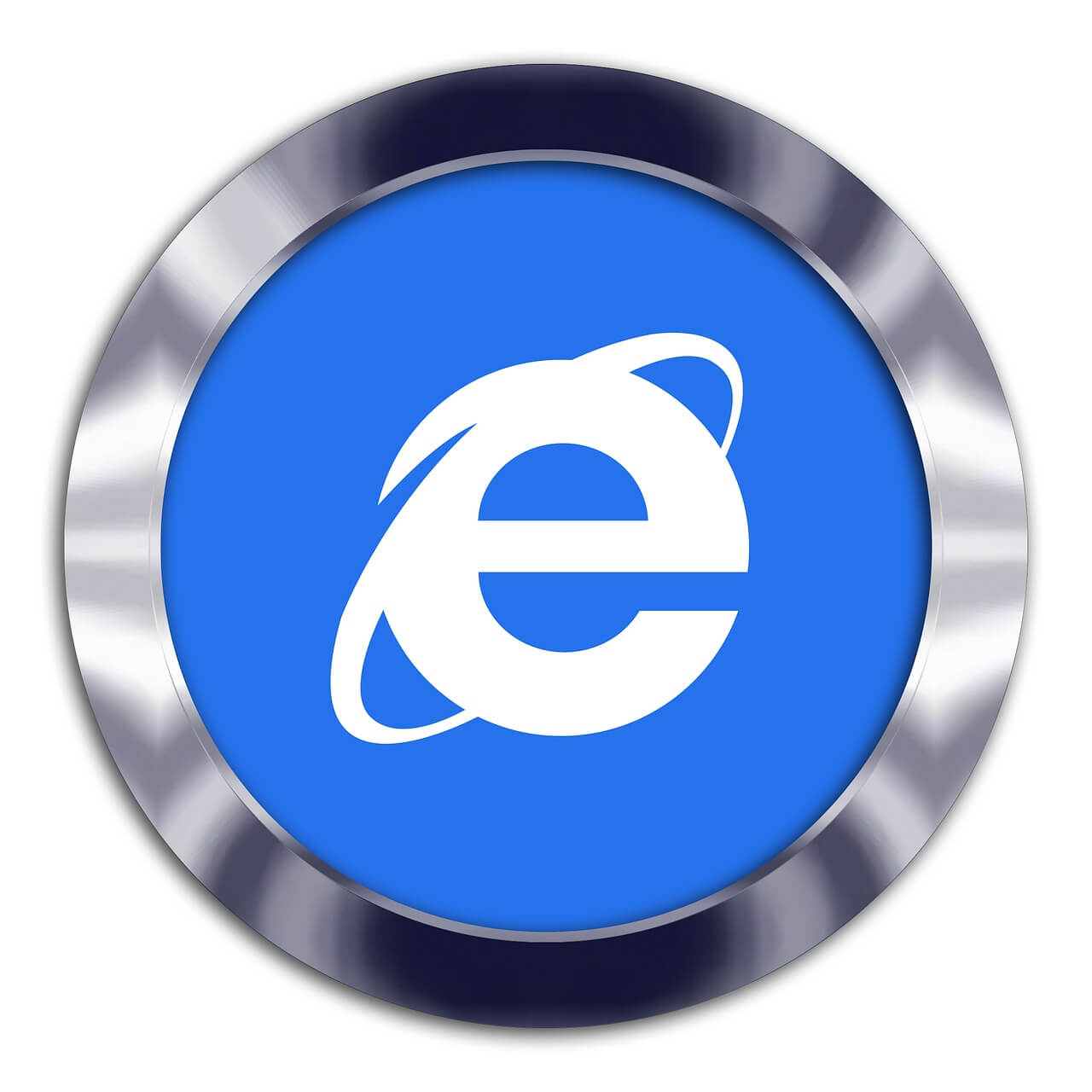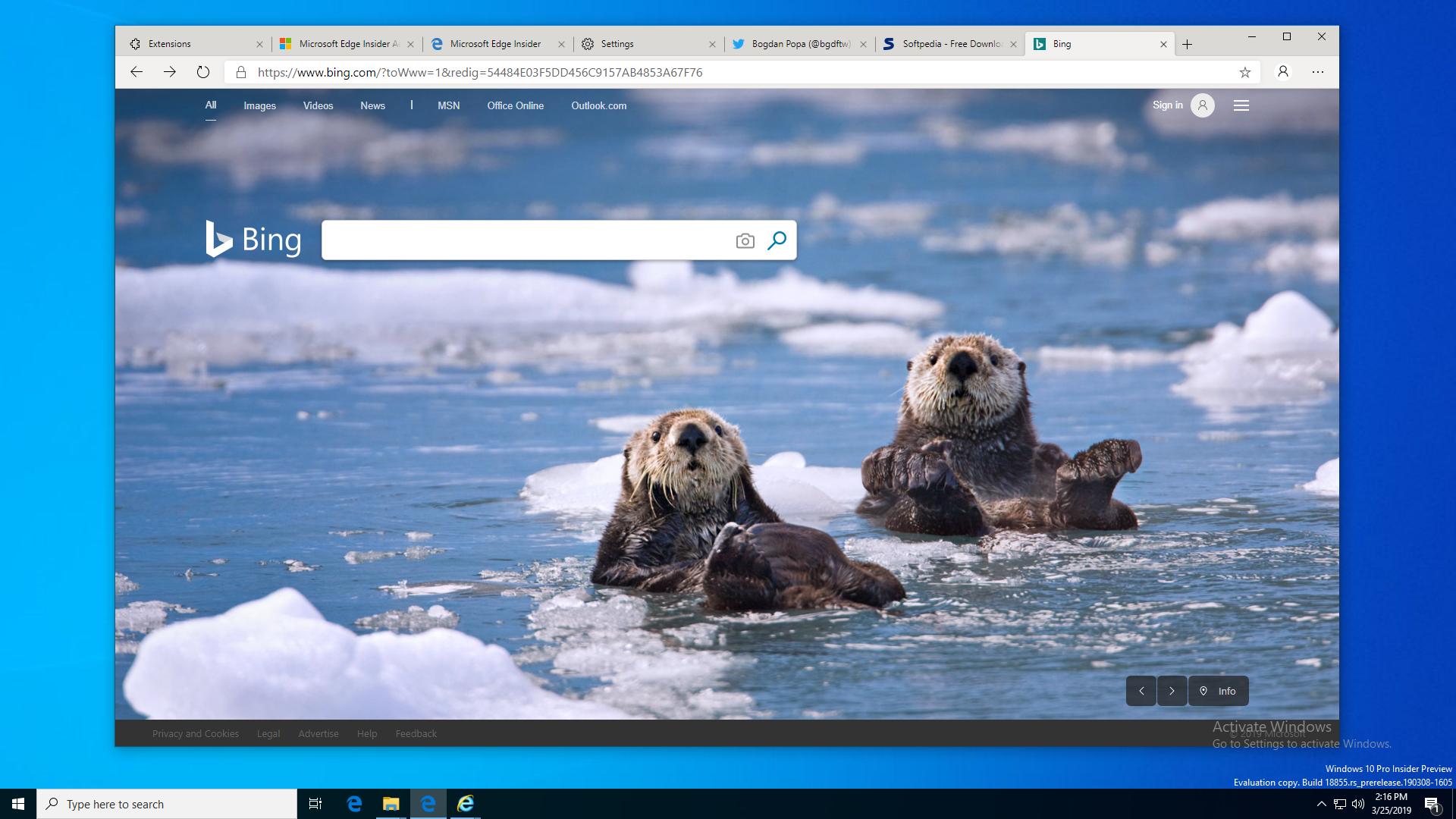When Microsoft announced plans to rebase its Edge browser on Chromium the chance of a dedicated Linux build went from pipe-dream to inevitability.
Jan 22, 2021 Without MSA sign-in and sync, Edge-Linux is more-or-less bling, not useful for end users. But that's fair - Edge-Linux at this point is intended for testing and use by developers, not end users. MSA sign-in and Sync will probably be in place before a Stable version is released. Microsoft Edge is a Chromium-based web browser from Microsoft. Announced a while back, Mircosoft recently changed the direction by adopting the Chromium project for its next-gen web browser. The Edge browser is used across Microsoft operating systems (e.g. Windows 10) and capable devices. Oct 22, 2020 First, you should know that the experts always knew Edge would run on Linux. Today's Microsoft Edge isn't the one that first shipped. This model, which went into beta on Windows last year, is built.
Chromium’s cross-platform codebase makes it the ideal foundation on which to build out a modern web browser. Three years since rumours first began swirling, Microsoft Edge for Linux is not only confirmed but it’s almost ready for testing.
Being the impatient sort we installed the Microsoft Edge Developer build on Ubuntu 20.10. This post will stop short of being a “review” per se (you’ll hear throughout this post: this is not a stable build) but I’ve included lots of screenshots and some general thoughts about how well the browser integrates with the default Ubuntu desktop.
Microsoft Edge for Linux Developer Build
Microsoft Edge Chromium For Linux Os
Did I ever think I’d be writing a post about Microsoft’s flagship web browser being available for Linux? Heck no! And yet, here we are!
Many teeth have been gnashed over the point and purpose of a Microsoft-made web browser on a Linux platform. Some see Edge’s arrival as the latest bouquet in Microsoft’s blooming relationship with Linux and all things open source, but others? Well, they smell suspicion…
For their part Microsoft says its “motive” in bringing Edge to Linux is simply about making its technologies and services available to more users. Yes, even if they don’t run its Windows software (which is, after all, just one product/service in its portfolio).
Microsoft’s heavy presence in business, enterprise, and (increasingly) developer communities also plays a part. People who have to use Microsoft services at work get the chance to use the tech they’re familiar with and/or sync’d up with at home, on their Linux laptop, if they want.

But is there anything to interest casual Linux users too?
Edge is more than a Chrome clone; Microsoft had imbued Edge with custom touches and novel feature integrations. While many of these may sound superfluous to power-users they do, on other systems, round out the browser’s feature set.
Or to put it another way: Edge is a mass-market, all-user browser. It’s not aimed exclusively at any one audience, be that web developers, power users, or computer noobs.
So some of its “Added Value” may sound minor, trivial, or frivolous. Take Collections, for instance. This is essential just a souped-up bookmarking tool that lets you save content — not just web links — directly to the browser for future use.
You can create multiple collections in Edge, rename them, add notes to them, and export all of that data to other services (or copy of the links to the system clipboard).
On to integration. The Edge app launcher in the Ubuntu Dock does have a small right-click quicklist. This offers fast access to options to open a new window, a new incognito window, or quit the browser.
Sadly the Edge browser (like other Chromium browsers) does not use the system title/window bar by default. Edge draws its own window bar on Linux, with its own window control icons.
While the pale-grey bar Edge wears is not terribly distracting (unlike Vivaldi’s gaudy red window frame) some kind of GTK inheriting/colour detection (even if only an option) would be welcomed, I’m sure.
And Microsoft Account sync does not work in this build — but if you read this site regularly that will not be a surprise.
The good news is that many of Edge’s other features — yes, snarkypants, it does have some! — are present.
We’ve already touched on Collections, but there’s also an ‘immersive reader’ mode; integration with Bing; optional dark mode; web screenshot tool; and a variety of different New Tab page layouts (ranging from cluttered to calm);
You can install Chrome extensions on Edge easily. The first time you visit the Chrome Web Store using the browser it asks if you want to enable Chrome extension installs.

Edge Browser Download For Linux


While I can’t vouch for the entirety of Chrome’s extension catalogue, all of the extensions I tried (yes, including the omg! ubuntu! one) worked as expected, as you can see above!
For an early version of Edge for Linux the browser feels fairly robust. It didn’t crash once during my test. Everything I asked of it, it did. From HD YouTube playback, to translating a Portuguese web page, to letting me play web games.
The app is fast to open and responsive in use. If Microsoft can maintain the friction-free feel it could win some new fans. Firefox isn’t slow, but a Chromium-based backend just feels so much faster in use (to me, anyhow).
Download Edge for Linux Dev Build
Want to try things out for yourself? We have a guide on how to install Edge on Ubuntu.
It’s not yet clear when Edge for Linux will go stable, but Microsoft has formally announced that it’s in developer preview. You can Linux builds on this Microsoft repo page.
If you jump on Edge for some early-bird testing just keep in mind that it is development software. It’s not finished. It’s not stable. Heck, it’s not even fully functional. Ergo, don’t get irate about any issues you encounter!
Microsoft announced that the Chromium-based Microsoft Edge browser is now available for Linux users. The company said that they will provide weekly updates in sync with the Dev Channel on other platforms, and as this is still in the early preview state, you may experience bugs or unexpected behaviors.
This version of Microsoft Edge supports Ubuntu, Debian, Fedora, and openSUSE distributions of the Linux operating system. Edge Insiders in the Dev channel for Linux can download it and start providing feedback to Microsoft.
There are two ways to get started with Microsoft Edge on Linux. The first and simplest approach is to download and install a .deb or .rpm package directly from the Microsoft Edge Insider site, which will configure your system to receive future automatic updates.
If you prefer, you can also install Microsoft Edge from Microsoft's Linux Software Repository using your distribution's standard package management tools, by following the 'Command line installation' instructions on the Microsoft Edge Insider site (deb/rpm).
'With our initial preview release, we’re aiming to provide a representative experience for developers who want to build and test their sites and apps on Linux. Web platform and developer tools features, including core rendering behaviors, extensions, browser DevTools, and test automation features, should generally behave consistently with other platforms like macOS and Windows.', said Microsoft.
Linux Ms Edge
Microsoft also said that the initial release supports local accounts only, and does not support signing in to Microsoft Edge via a Microsoft Account or AAD account, or features which require signing in. And they assured that those features will be added in future preview builds.
